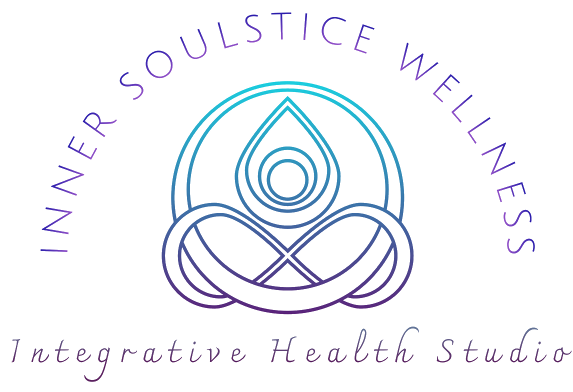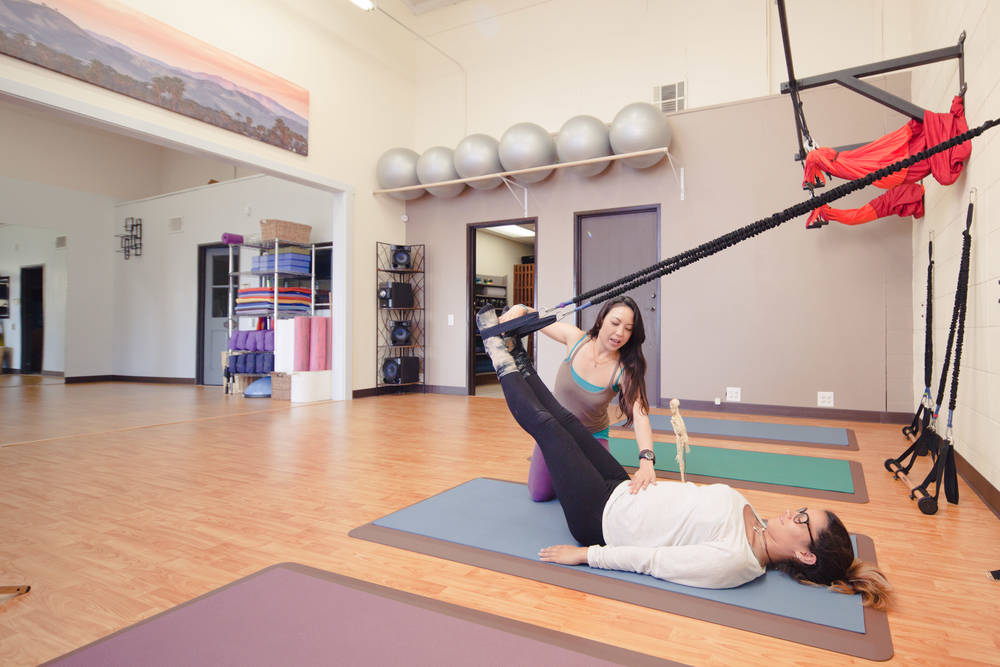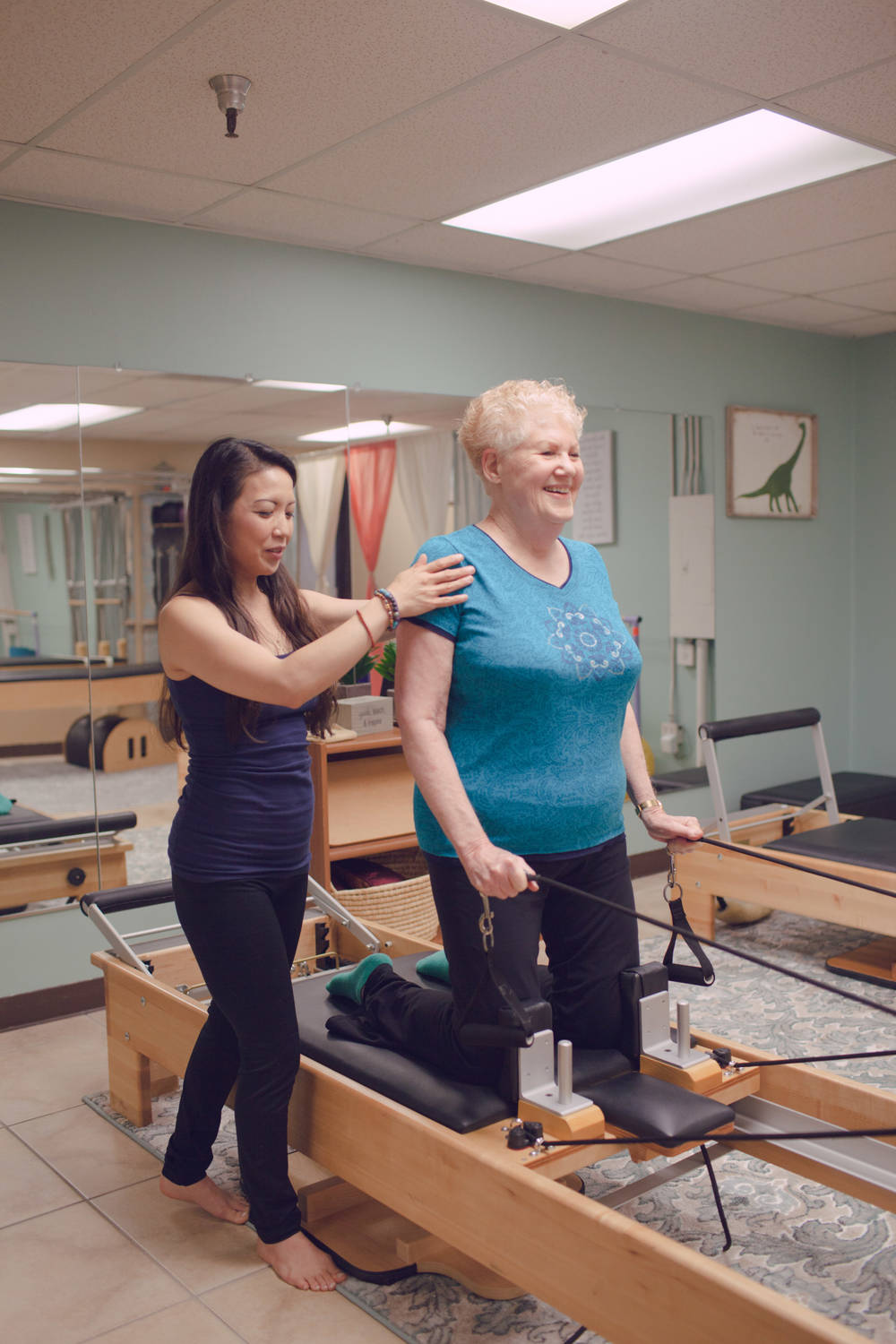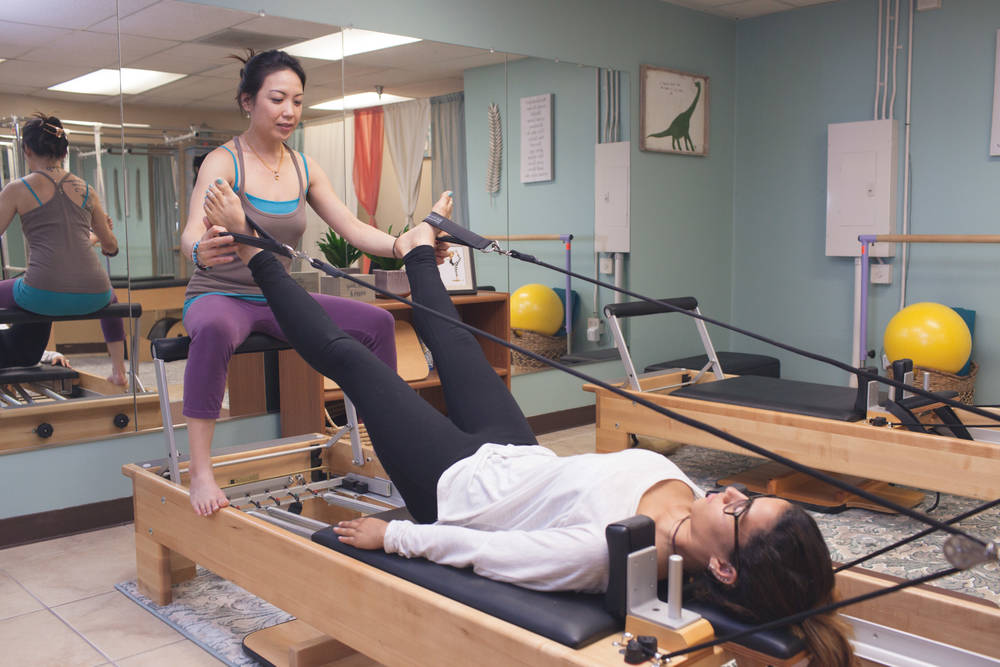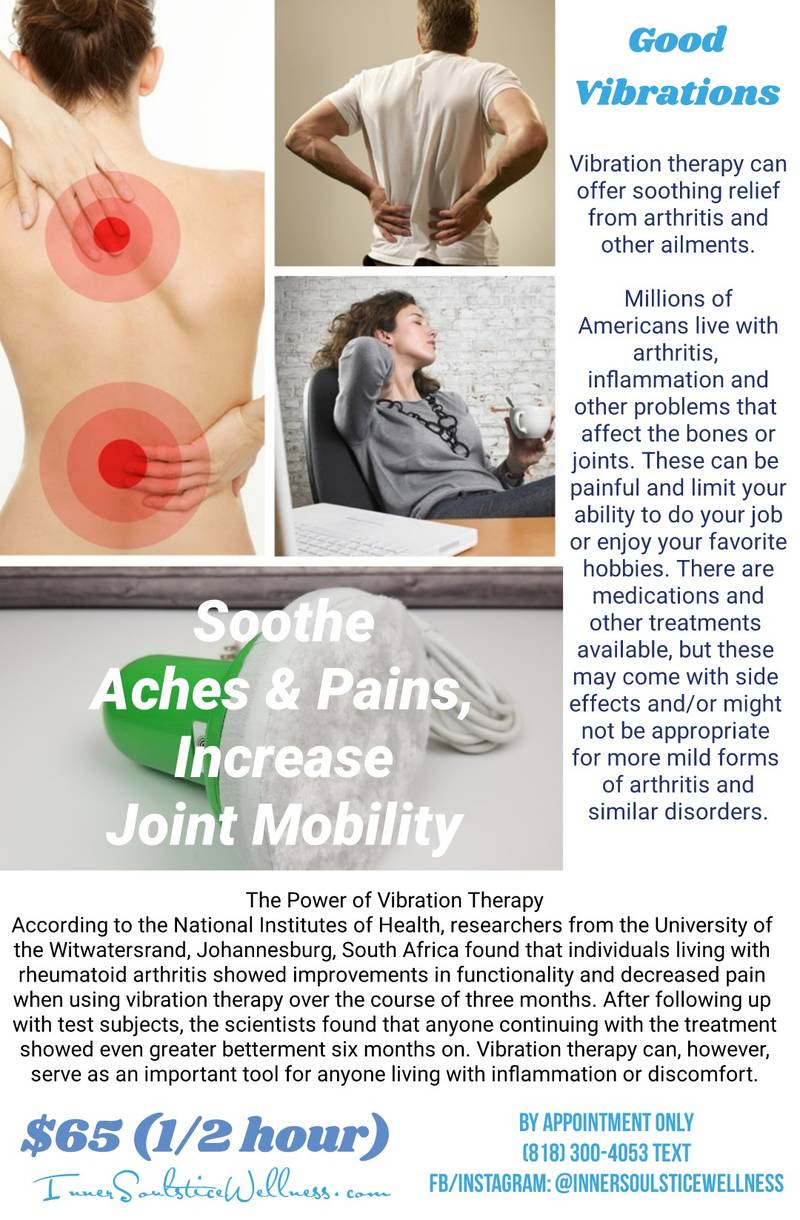Discover the most efficient way to move and gain an invaluable self-care solution specific to your conditioning needs to live unconstrained and free of chronic pain.
The Pilates Difference
"Experimentation becomes Gesture, Gesture becomes Habit, Habit becomes Posture, Posture becomes Structure." - Vladimir Janda
Why is Pilates important for you?
The Pilates Methodology is well-suited to helping with the dilemma of pain and dysfunction (under or overcompensating different muscles). Dysfunction can appear as tightness, reduced range of motion, due to injury or habits of everyday ergonomics, which cause discomfort and sometimes, pain. Muscular imbalances can be caused by habitual overuse in isolated joints and faulty movement pattern. These motions, done daily for long periods of time, without sufficient break, create repetitive micro trauma and chronic injury to the body. Through Pilates exercise you can increase muscle strength, tone and build muscle, and improve range of motion.
Some things to expect from your first visit
- Discussion about your goals based on the Initial Assessment.
- Postural Assessment
- Warm-up: Exercise various muscle groups using slow movements.
- A series of exercises based on observations of faulty posture and gait patterns.
- Cool down and stretch.
- Vibration Therapy using the BFF
Those who would benefit from Pilates:
- Suffering from misalignment- due to your body's natural bone structure (that with which you are born)
- Sport-related injuries
- Degenerative health issues that affect your ability to exercise
- The benefits of learning to exercise using the Pilates Method include decreasing your chances of injury.
Pilates for YOUR Body!
Excerpt from Sit Right, Sit Tight by Mehernaaz Damania, December 15, 2008, Complete Wellbeing
Posture is where one's health begins. Most of us do not understand this principle or fail to realize it's importance. Thus, you see many fitness enthusiasts who go to gyms, work out hard, follow a healthy diet but have distorted postures. Due to long work hours mostly in sitting positions, our postures are constantly compromised. Poorly designed workstations further contribute to poor postures. Some may have a perfect work ergonomic structure, but don't know how to use it to their advantage.Others align their work station, but forget that it is also important to sit erect. Sitting and standing erect, coupled with corrective stretches and exercises, can most definitely reduce the chances of pain and injury.
What Defines Optimal Posture?
Excerpt from Posture "Play" Written by Marie-Jose’ Blom-Lawrence Spring/Summer 2003 Volume 7, Issue 2
Optimal posture is one in which the different segments of the body, head, neck, chest and trunk are vertically balanced upon each other so that the weight is borne mainly by the bony framework with a minimum of effort and strain on muscles and ligaments. Posture is in constant dialogue with our structure and structure will change or adapt for the good or the bad in response to our postural behavior and vice versa (form follows function!). A big part of it all comes down to how we choose to live in our bodies and how these choices affect our posture.
The Benefits of Correct Posture:
- Blood circulates at its best.
- Our muscles and joints work more efficiently.
- Correct diaphragmatic breathing happens.
- Our chances of back and neck problems reduce.
- Internal organs function better.
